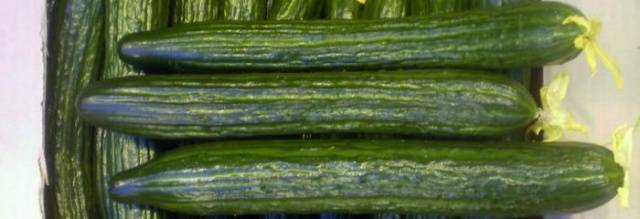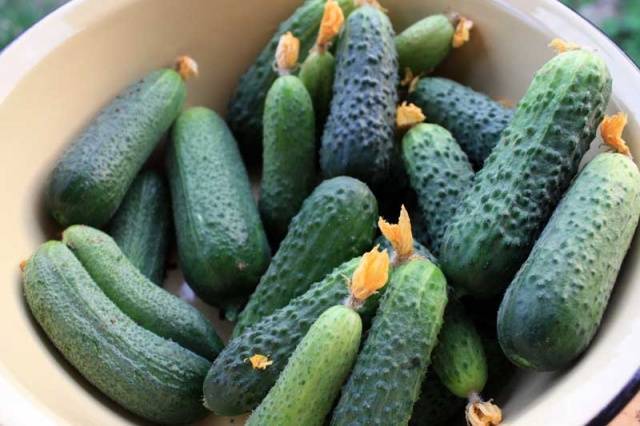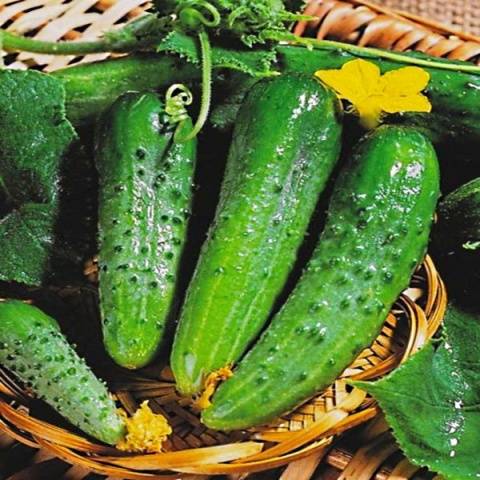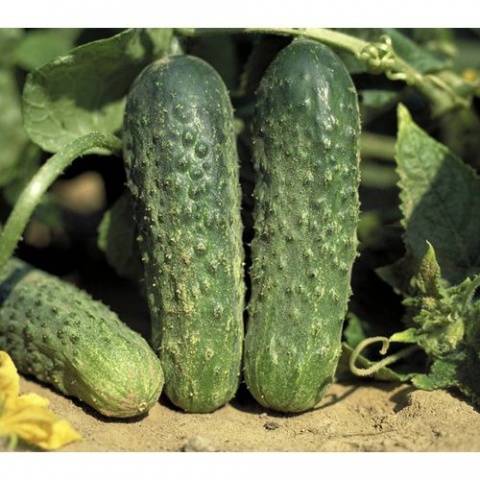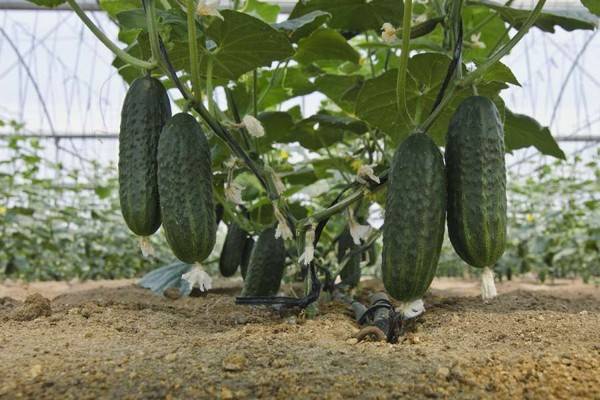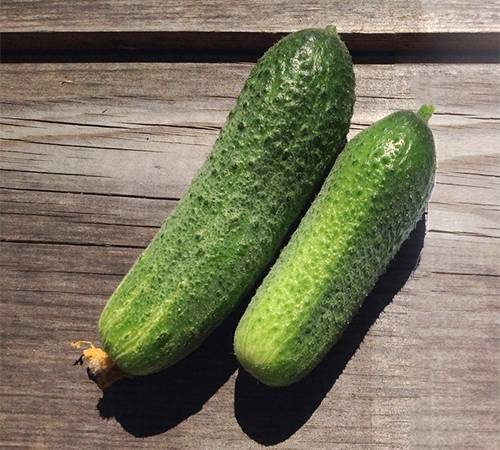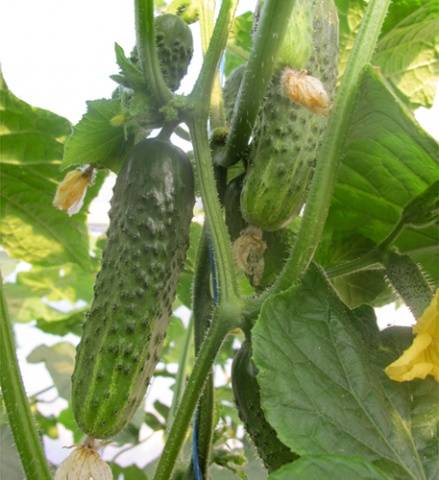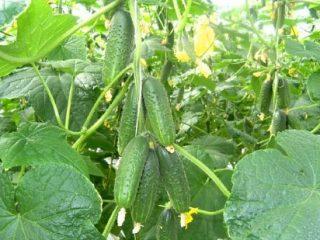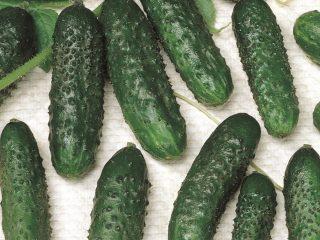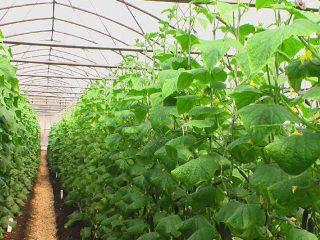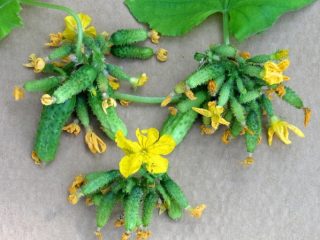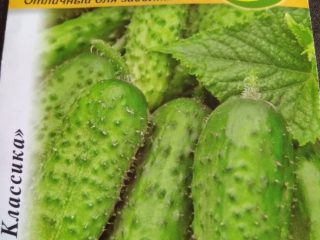Content
Holland is famous not only for the all-season growing of flowers, but also for the selection of seeds. Derived Dutch cucumber varieties have high yields, excellent taste, resistance to low temperatures and diseases, which makes them in demand worldwide, including among domestic farmers.
Features of Dutch varieties
Most of the Dutch varieties are self-pollinated, which allows for a rich harvest of cucumbers, regardless of weather conditions. They are great for open and protected ground. Cucumbers of excellent quality are genetically devoid of bitterness. However, as a rule, hybrids are self-pollinated, the seeds of which are not intended for self-harvesting. Having collected such a crop once, the next year the seeds will have to be bought again.
Bee-pollinated cucumber varieties are also proposed by Dutch breeding. They are in demand among gardeners who "rely" not on the volume of the crop, but on its quality. It is believed that such cucumbers are more aromatic and crunchy. Their excellent taste manifests itself not only fresh, but also rolled up, salted. Among these seeds, you can pick up "clean", non-hybrid (without the designation F), which will allow you to harvest the seeds in the required volume yourself.
Popular Dutch varieties
The main parameter when choosing a seed variety is the method of pollination of the plant. The planting site and yield will depend on this. You should also pay attention to the fruiting period, bushiness and growing conditions. Faced with the choice of cucumber seeds for the first time, it will be useful to pay attention to the popular options that are widely demanded by professional farmers. For many years, such varieties have proven in practice their high adaptability to domestic latitudes, which allows them to be the best among analogues.
Angelina F1
The most famous Dutch hybrid of cucumbers. Belongs to the category of self-pollinated, adapted for growing in greenhouses and outdoor areas. Early maturing, fruiting period is 43-45 days after seed emergence.
Cucumbers of this variety are light green, lumpy, with a small number of white thorns. The length of the fruit is less than 12 cm, its weight is 85-90 grams. In one fruiting node 2-3 ovaries are formed, which provides a high yield of vegetables - 28 kg / m2... Cucumbers Angelina F1 are suitable for preservation.
High resistance to cold, allows sowing seeds in April, and safely withstand relatively low night temperatures.
Hector F1
For those who want to be the first to harvest fresh spring cucumbers, the ultra-early maturing Dutch variety Hector is perfect. Sowing seeds for seedlings can be carried out in March, and when grown in a heated greenhouse in early May, get the first cucumbers. In open ground, planting is carried out in May-July, but the harvest can be harvested until October. The plant is adapted to relatively low degrees, capable of withstanding short-term temperatures below +100FROM.
The hybrid is distinguished by its special aroma and fruit crunch. Cucumbers are miniature, very lumpy, up to 12 cm long, weighing 95-100 grams. Unfortunately, the disadvantage of the variety is its relatively low yield at the level of 4-6 kg / m2.
This self-pollinated hybrid is ready to delight its owner with fruits already 28-32 days after germination of the seed.
Prestige F1
Self-pollinated Dutch hybrid with a particularly high yield, which can reach 20 kg / m2, which allows it to be considered the most popular among analogs. Early maturing culture: the period from seed germination to the onset of fruiting is 40-45 days. Sowing is carried out from March to July, while the harvest falls on May-October, respectively.
Cucumbers Prestige have a cylindrical lumpy surface with a small number of thorns. Cucumber length 9-12 cm, average weight 65-90 gr. Taste qualities are characterized as excellent, without bitterness. Suitable for salting and preservation.
Self-pollinated hybrids are successfully grown outdoors. They are especially popular due to their high yield, regardless of weather conditions. Also, their advantages include resistance to diseases.
The Dutch selection, in addition to the varieties listed, offers a wide range of self-pollinated cucumbers. The most famous among them are the seeds of the varieties Herman F1, Bettina F1, Crispina F1, Pasamonte F1, Levin F1. All of them are perfectly adapted for growing outdoors in domestic climatic latitudes.
Bee pollinated Dutch varieties
Bee-pollinated varieties in the process of ovary formation need the help of insects. However, this does not deny the possibility of early planting: in conditions of low spring temperatures, the soil is temporarily protected by a film, until the flowers appear on the borage, the onset of favorable temperature indicators.
Famous Dutch bee pollinated varieties are:
Ajax F1
A bright representative of the Dutch bee-pollinated varieties. Planting the seed of this variety for seedlings can be carried out in March-April, in this case, the harvesting period for cucumbers is May-October (depending on the local climate).
The variety is early ripe, from the day of sowing to harvest it takes about 40-50 days. The plant is a powerful, climbing bush, and for the successful formation of fruits requires abundant watering, weeding, intensive pollination. However, even with careful maintenance, the yield of the variety does not exceed 10 kg / m2.
The fruits can be attributed to gherkins, since their length is 6-12 cm, the average weight is 90-100 grams. Cucumbers with a bumpy surface, covered with white thorns, do not accumulate bitterness. The vegetable is eaten fresh, canned.
Designed for cultivation exclusively outdoors. It tolerates low and high temperatures perfectly.
Sonata F1
Bee-pollinated early maturing variety of cucumbers. Its fruiting period is 44-48 days. The bush is vigorous, climbing, with numerous side shoots, therefore, during sowing, it is necessary to provide enough space for an adult plant so that it has enough light to ripen the fruits.
Zelentsy is dark green in color, with an average length of 8-10 cm, weighing 90-100 grams. The group ovary provides a yield of up to 11.5 kg / m2... Sonata F1 cucumbers have a pleasant taste, aroma and crunch when fresh and canned.
Resistant to low temperatures, can be sown on seedlings in March-April. Harvesting occurs in June-October.
Mirabella
Varietal Dutch seeds are great for growing crops. The plant belongs to the category of mid-season, forms cucumbers 50-55 days after germination of the seed. Sowing must be carried out in April, if there is a night temperature above +100S. Mirabella is particularly demanding on heat, moisture and highly fertile soil. However, even in the presence of a favorable environment, the yield of the variety is low - up to 5 kg / m2.
Cucumbers are dark green, covered with black thorns, cylindrical, up to 10 cm long and weighing about 100 grams.
The variety is popular with gardeners due to the excellent taste of cucumbers: they are especially crispy, aromatic, juicy.
Dolomite
Early maturing, bee-pollinated hybrid. Differs in the compactness of the green mass of medium climbing, which does not require large areas for crops.Seeds for seedlings are sown in April, the first harvest ripens in 38-40 days from the moment the seed germinates. For successful growth, the plant requires regular abundant watering, loosening, and top dressing.
Their average length is 10-14 cm, weight 100 g. The shape of the cucumber is cylindrical, smooth, without thorns. The fruit tastes great, but is only suitable for fresh use. The yield of the variety does not exceed 5 kg / m2.
Dolomite Dutch cucumbers do not contain bitterness and have a particularly attractive appearance.
Athena F1
Bee-pollinated, early maturing variety. Medium climbing makes it easier to care for the plant. In general, the culture is unpretentious, capable of growing successfully in shady conditions, and disease-resistant.
Fruits up to 10 cm long weigh 80-110 grams. Their flesh is tender, aromatic, without bitterness. A distinctive feature of the variety is the uniformity and evenness of the growing cucumbers. The yield of the variety reaches 10 kg / m2.
Cucumbers are consumed not only fresh, but also pickled and canned. Sowing of the seed of this variety is carried out in May, fruiting in 45-55 days.
Despite the fact that bee-pollinated Dutch varieties are inferior in yield to self-pollinated ones, they have a lot of fans among beginners and professional farmers. Their popularity is based on:
- great taste;
- adaptability of varieties to salting, canning;
- lack of interference by breeders in the genetic code of the plant;
- natural pollination process;
- no need for a greenhouse, greenhouse.
Conclusion
Cucumbers in the open field, regardless of the method of pollination, require special attention when planting and following certain rules of care during the cultivation process. The video shows the full cycle of growing cucumbers in unprotected soil:
When choosing cucumber seeds, look for the "Made in Holland" logo. After all, this inscription is the guarantor of product quality and the key to a successful harvest.
